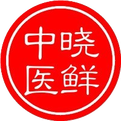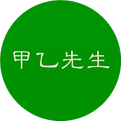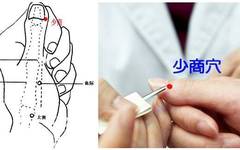Understanding Cold and Heat in Traditional Chinese Medicine
Traditional Chinese Medicine (TCM) is profound and intricate, with dialectical reasoning at its core. Understanding how to apply dialectics is both complex and straightforward. Starting today, I will explain this in detail. First, let me introduce the “Ten Questions Song”: Ten Questions Song First ask about cold and heat, second ask about sweating, Third ask … Read more





